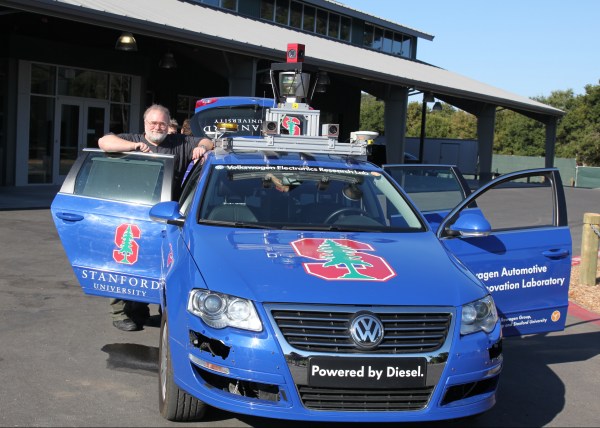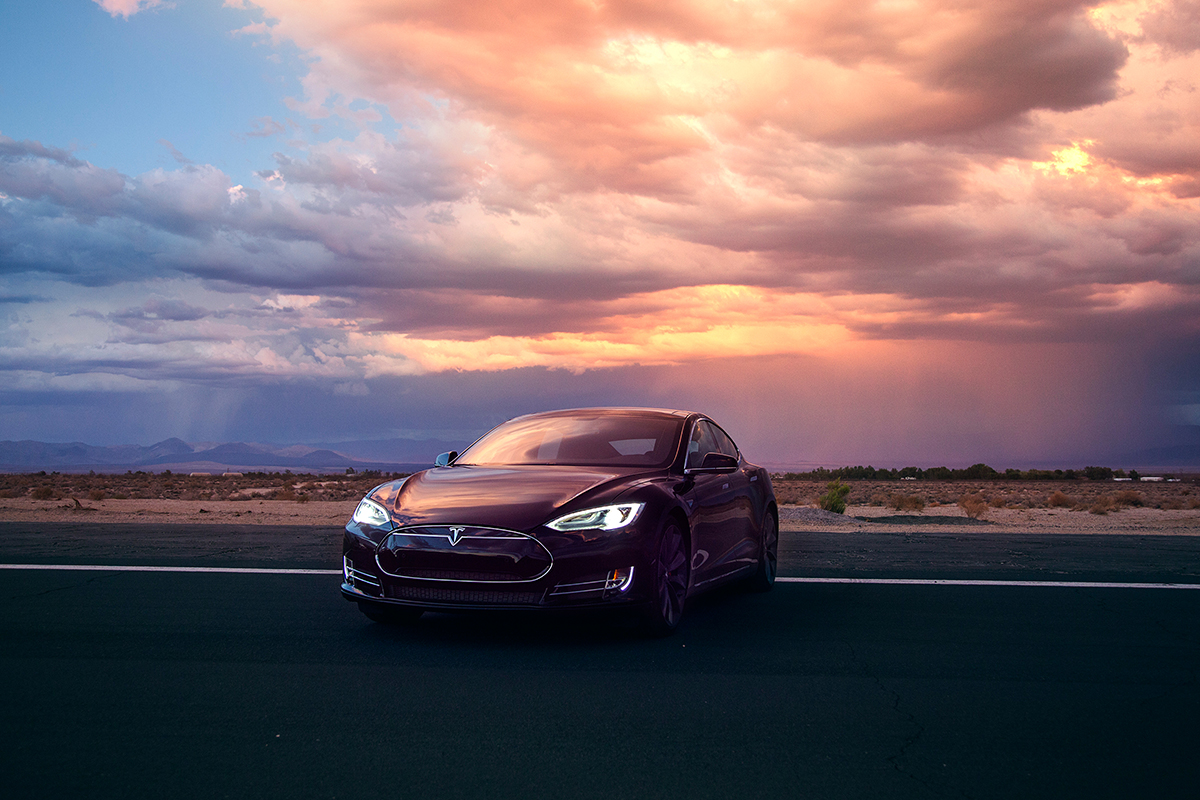The many business models for cars
Submitted by brad on Tue, 2014-12-09 13:25When I talk about robocars, I often get quite opposite reactions:
- Americans, in particular, will never give up car ownership! You can pry the bent steering wheel from my cold, dead hands.
- I can't see why anybody would own a car if there were fast robotaxi service!
- Surely human drivers will be banned from the roads before too long.
I predict neither extreme will be true. I predict the market will offer all options to the public, and several options will be very popular. I am not even sure which will be the most popular.
- Many people will stick to buying and driving classic, manually driven cars. The newer versions of these cars will have fancy ADAS systems that make them much harder to crash, and their accident levels will be lower.
- Many will buy a robocar for their near-exclusive use. It will park near where it drops them off and always be ready. It will keep their stuff in the trunk.
- People who live and work in an area with robotaxi service will give up car ownership, and hire for all their needs, using a wide variety of vehicles.
- Some people will purchase a robocar mostly for their use, but will hire it out when they know they are not likely to use it, allowing them to own a better car. They will make rarer use of robotaxi services to cover specialty trips or those times when they hired it out and ended up needing it. Their stuff will stay in a special locker in the car.
In addition, people will mix these models. Families that own 2 or more cars will switch to owning fewer cars and hiring for extra use and special uses. For example, if you own a 2 person car, you would summon a larger taxi when 3 or more are together. In particular, parents may find that they don't want to buy a car for their teen-ager, but would rather just subsidize their robotaxi travel. Parents will want to do this and get logs of where their children travel, and of course teens will resist that, causing a conflict.






